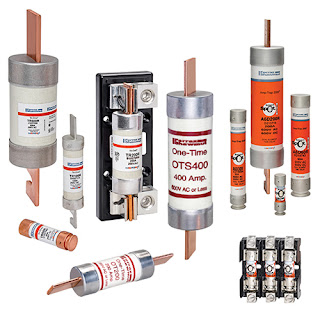RTP Introduces Glass-Fibre PLA Compounds
RTP Company has introduced a line of glass-fibre-reinforced polylactic acid (PLA) compounds targeted at durable and semi-durable applications. The new materials - the latest extension of RTP Company's range of engineered bioplastic compounds that use resins derived from renewable resources - are designed to overcome the limitations of unmodified PLA by delivering greater strength, stiffness and thermal performance. PLA bio-polymers are a sustainable alternative to traditional hydrocarbon-based thermoplastics such as polyesters, polyolefins and high-impact polystyrene.
However, unmodified PLA suffers from performance limitations in terms of mechanical and thermal properties. Fully colourable and available globally, RTP Company's reinforced PLA grades have glass-fibre loadings from 10 per cent to 40 per cent, with the ability to customise glass level to meet the specific requirements of individual applications in the appliance, automotive, consumer goods, electrical and electronics and construction markets.
The 30 per cent glass-fibre-reinforced PLA grade offers a tensile strength of 16,500psi (114MPa), flexural modulus of 1,630,000psi (11,239MPa) and heat deflection temperature (HDT) of +320F at 66psi (+160C at 455kPa). In comparison with unmodified PLA, the compound has nearly twice the tensile strength and its HDT has increased by nearly +200F (+93C).
It surpasses the tensile strength, flexural modulus and HDT of 30 per cent glass-fibre-reinforced polypropylene, according to the company. Proprietary nucleation packages accelerate crystallisation, which increases temperature performance and enables quicker part ejection, yielding PLA injection moulding cycle times similar to PP and ABS. Several nucleating package options are available to balance cost and performance requirements.
Engineered bioplastic compounds from RTP Company are available in additional material options for those looking to meet bio-based or renewable content requirements for product certifications such as EPEAT and LEED along with the European Cradle-to-Cradle initiative and the USDA Biopreferred labelling programme. The company's complete Eco Solutions product portfolio includes compounds that make use of bio-based or recycled resins, natural fibres and halogen-free flame-retardant or wear-resistant additives.
However, unmodified PLA suffers from performance limitations in terms of mechanical and thermal properties. Fully colourable and available globally, RTP Company's reinforced PLA grades have glass-fibre loadings from 10 per cent to 40 per cent, with the ability to customise glass level to meet the specific requirements of individual applications in the appliance, automotive, consumer goods, electrical and electronics and construction markets.
The 30 per cent glass-fibre-reinforced PLA grade offers a tensile strength of 16,500psi (114MPa), flexural modulus of 1,630,000psi (11,239MPa) and heat deflection temperature (HDT) of +320F at 66psi (+160C at 455kPa). In comparison with unmodified PLA, the compound has nearly twice the tensile strength and its HDT has increased by nearly +200F (+93C).
It surpasses the tensile strength, flexural modulus and HDT of 30 per cent glass-fibre-reinforced polypropylene, according to the company. Proprietary nucleation packages accelerate crystallisation, which increases temperature performance and enables quicker part ejection, yielding PLA injection moulding cycle times similar to PP and ABS. Several nucleating package options are available to balance cost and performance requirements.
Engineered bioplastic compounds from RTP Company are available in additional material options for those looking to meet bio-based or renewable content requirements for product certifications such as EPEAT and LEED along with the European Cradle-to-Cradle initiative and the USDA Biopreferred labelling programme. The company's complete Eco Solutions product portfolio includes compounds that make use of bio-based or recycled resins, natural fibres and halogen-free flame-retardant or wear-resistant additives.


Comments